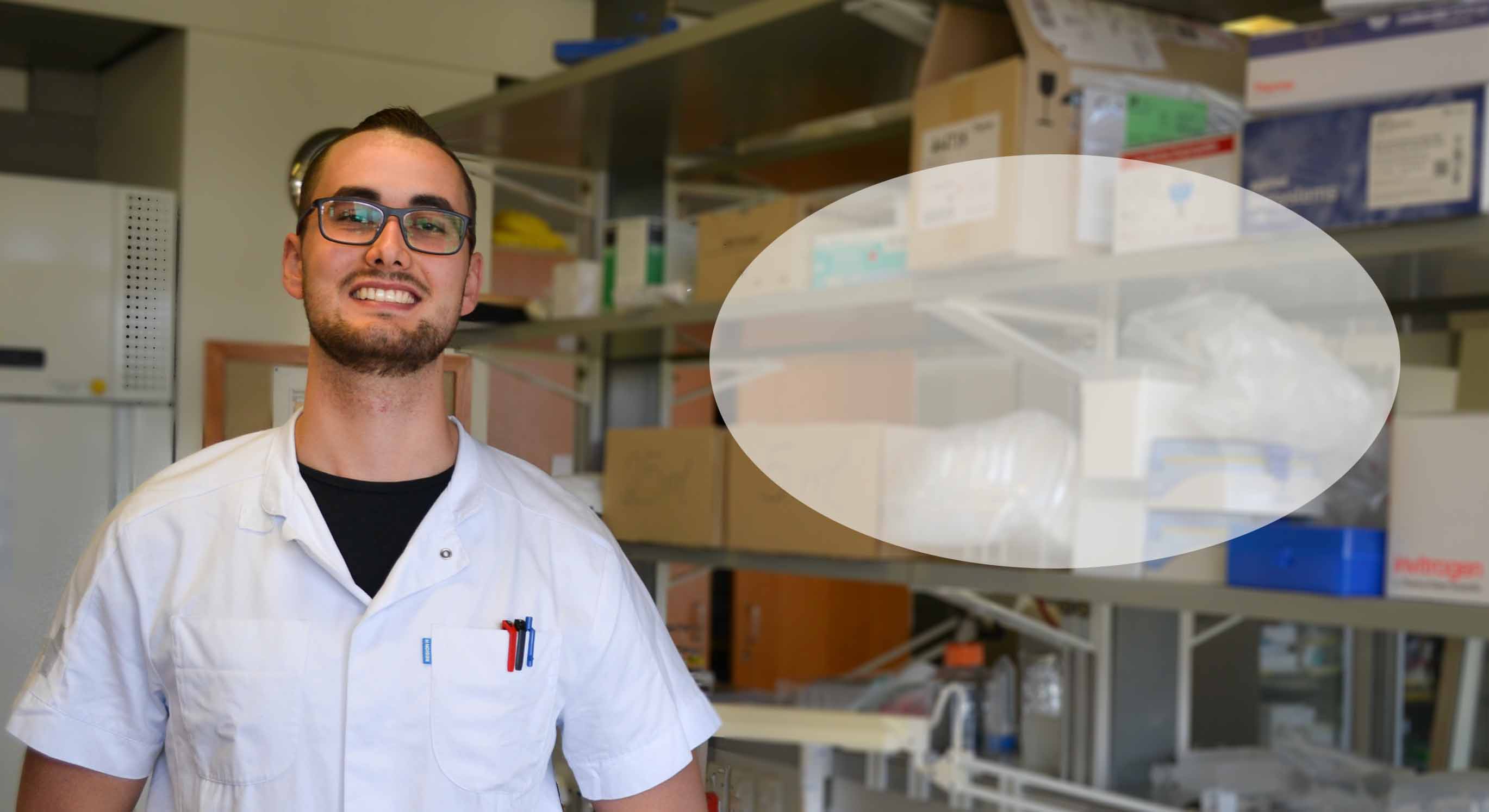Effector reactions against microbes, foreign antigens, and altered cells are conducted by cellular and soluble components of the innate and adaptive immune system. The complement system, which is composed of a multitude of soluble, heat-prone proteins, belongs to the innate immune system and features detection of common pathogenic- and damage-associated patterns. It supports the clearance of invading pathogens by opsonization, direct lysis via the formation of membrane attack complexes (MACs), and activation of cellular parts of the innate immune system.
Aspergillus fumigatus is an opportunistic fungus, which can cause severe infections in immunocompromised patients, ranging from superficial skin infections to invasion of internal organs and tissues. Fungal structures activate all three complement pathways, namely the classical pathway (CP), the lectin pathway (LP), and the alternative pathway (AP) to varying extents, depending on the present morphotype. All pathways converge in the formation of a C3 convertase and C5 convertase, which leads to the production of the important opsonin C3b, the anaphylatoxins C3a and C5a as well as MACs.
This PhD project focuses on the interplay of anaphylatoxins, namely C3a and C5a, and their respective receptors, in the pathogenesis of A. fumigatus infections using a whole blood 3-D model (WBM, in vitro) and a mouse model (in vivo). Anaphylatoxins are crucial for the activation and/or attraction of endothelial cells, granulocytes, and monocytes. It is expected to identify potential sides for therapeutic tuning of the immune response and to gain a better understanding of A. fumigatus pathogenesis. Additional objectives regard the elucidation of the therapeutic potential of peptibodies in A. fumigatus infections and the development of assays to determine the interaction of fungal morphotypes with the innate immune system.





